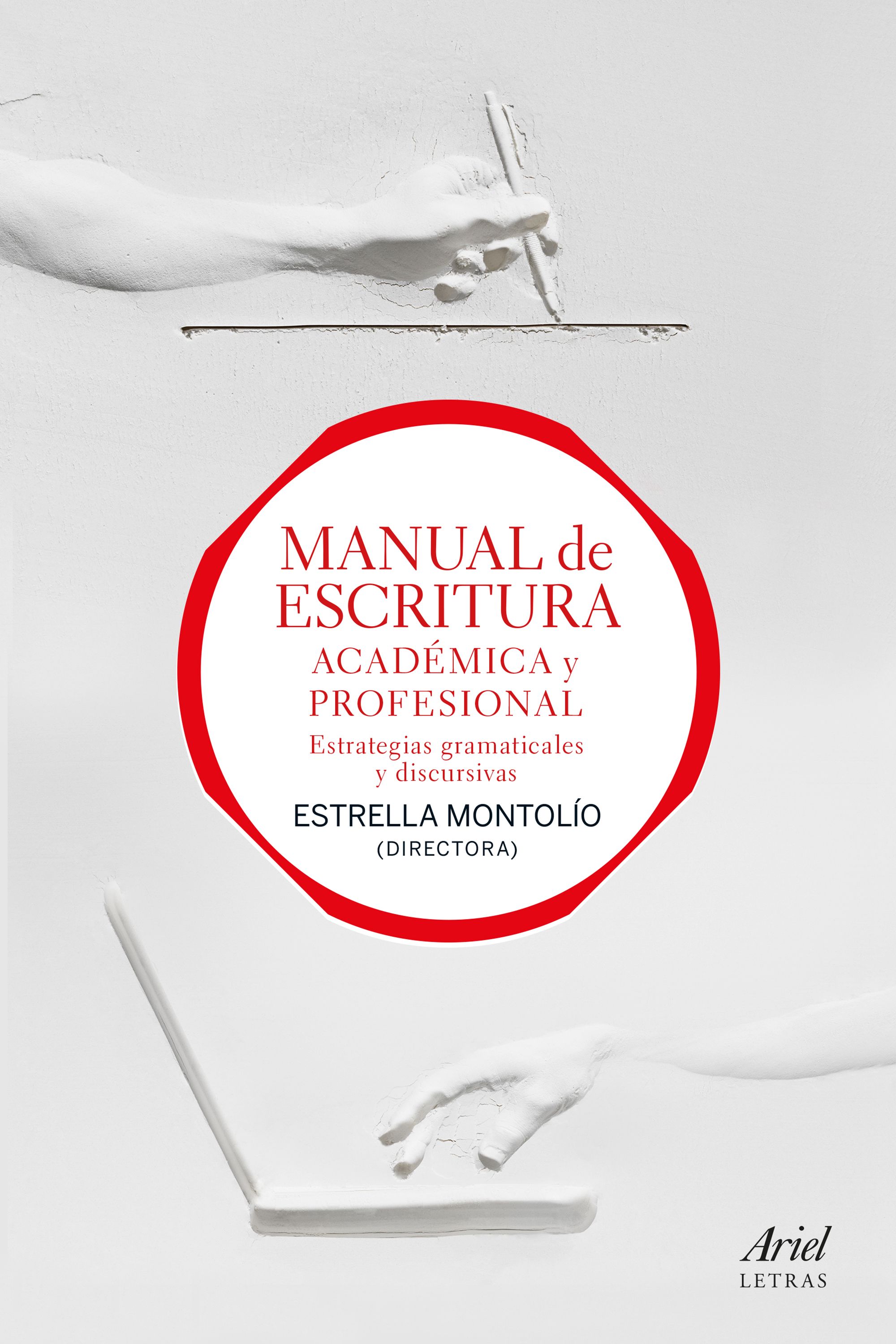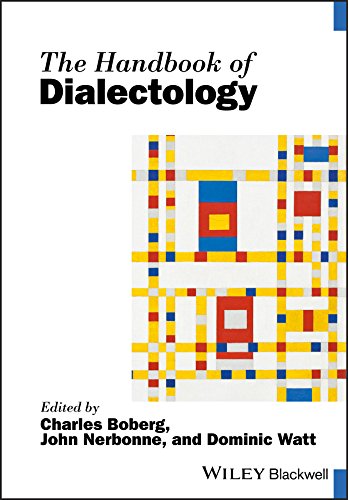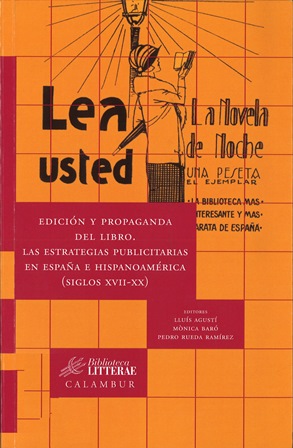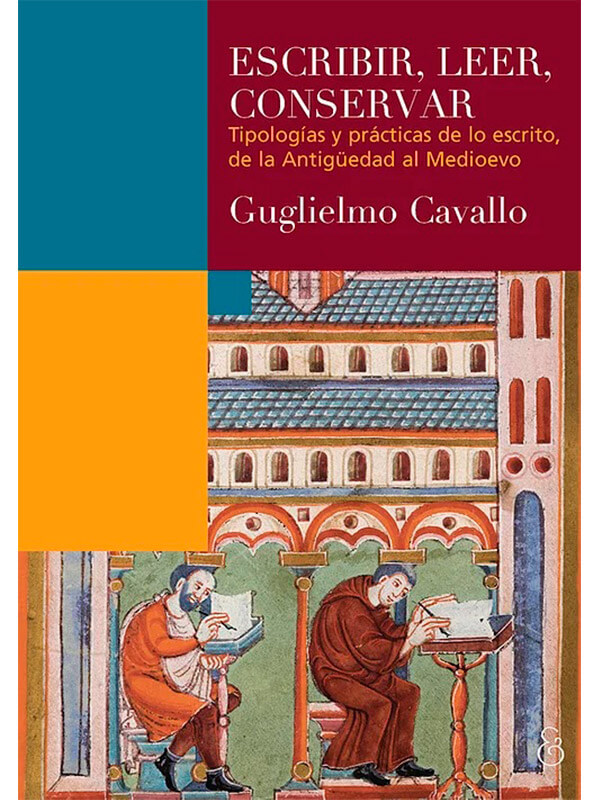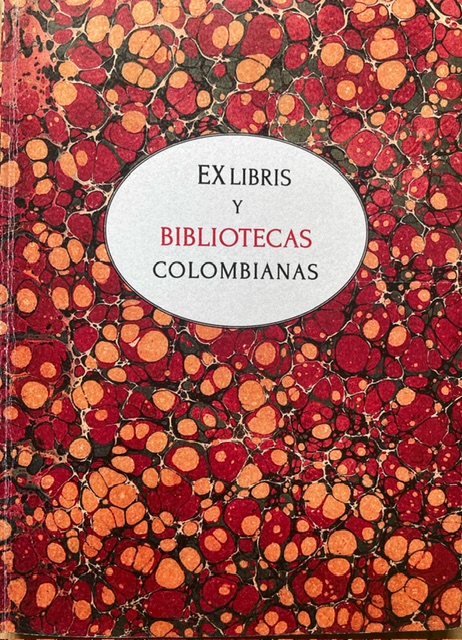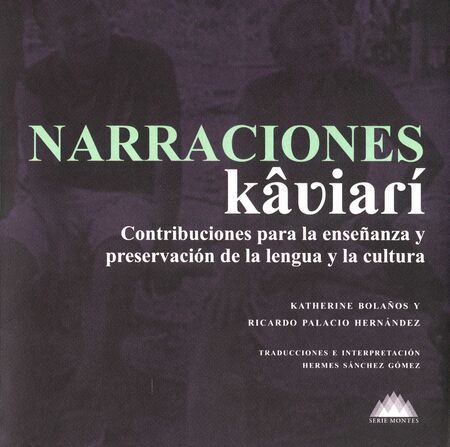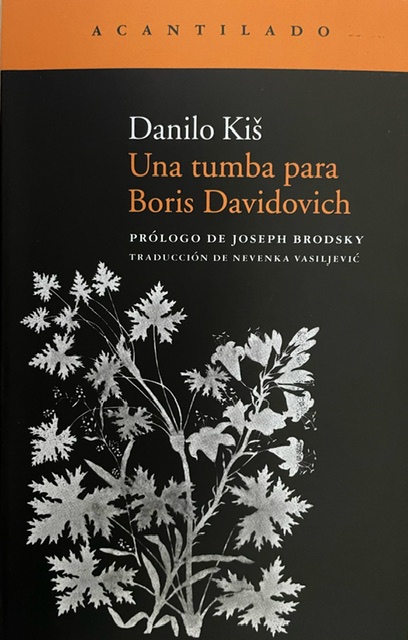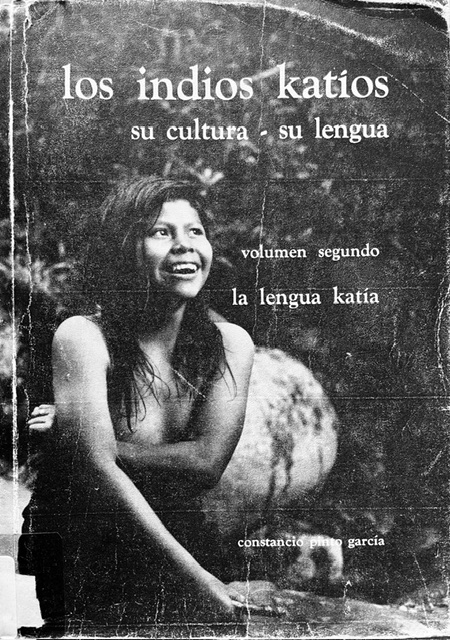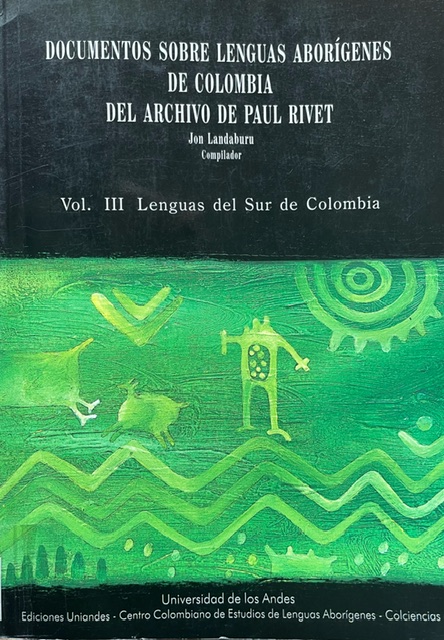Introducing sociolinguistics / Miriam Meyerhoff
Tipo de material: TextoIdioma: Inglés Editor: Londres : Nueva York : Routledge, 2011Descripción: 341 páginas ; 24 cmISBN: 9780415550062Tema(s): Lenguaje y cultura | SociolingüísticaClasificación CDD: 306.44
TextoIdioma: Inglés Editor: Londres : Nueva York : Routledge, 2011Descripción: 341 páginas ; 24 cmISBN: 9780415550062Tema(s): Lenguaje y cultura | SociolingüísticaClasificación CDD: 306.44 | Tipo de ítem | Ubicación actual | Colección | Signatura | Copia número | Estado | Notas | Fecha de vencimiento | Código de barras |
|---|---|---|---|---|---|---|---|---|
| Libros | Sede Centro | Colección General | 306.44 M613i | ej. 1 | Disponible | tmt10 | 500079163 |
Incluye bibliografía e índice.
Introduction. -- What is sociolinguistics?. -- How do sociolinguists study sociolinguistics?. -- Making broader connections. -- Sociolinguistic questions. -- Structure of his book. -- On quatitative and qualitative methods. -- On sociolinguistic methods more generally. -- Using this book with The Routledge Sociolinguisctic Reader. -- Variation and language. -- Variables and variants. -- Regional dialectology: mapping speakers and places. -- Using regional dialect data to inform theory. -- Standards, norms and alternations from the norms. -- Martha's Vineyard: a study of social dialects. -- Steretypes, markes and indicators. -- Factors motivating variation. -- Chapter summary. -- Further reading. -- Variation and style. -- Introduction. -- Studying variaton in speakers' style. -- Teh New York City social dialect survey. -- Prestige of a variable. -- In serach of the unkowable: the observer's paradox. -- Challenging style as attention to speech. -- Chapter summary. -- Further reading. -- Language attitudes. -- Introduction. -- Language attitudes in language change. -- Linguistic relativism. -- Reclaimin derogarory terms. -- Perceptual dialectology. -- Attitudes to language: identities and accommodation. -- Social identity theory. -- Accommodation theory. -- Being polite as a variable in speech. -- Introduction. -- Theories of politeness. -- Applications of politeness theories: intercultural communication. -- Critiques of politeness. -- Chapter summary. -- Further reading. -- Multilinguilism and language choice. -- Introduction. -- Language policy and language planning in multilingual societes. -- Langauge rights in South Africa's constitution. -- Language rights in Vanuatu's constitution. -- Ethnolinguistic vitality. -- Diglossia in a community. -- Is 'vitality' the same as 'prestige'?. -- Code switching and code mixing. -- Speech levels as different codes. -- Chapter summary. -- Further reading. -- Real time apparent time. -- Introduction. -- Studying change over time. -- Real time studying of change. -- Apparent time studies of change. -- Real time tests of the apparent time construct. -- Profiles of change. -- Challenges associated with real and apparent time sampling. -- Language and ageing. -- Chapter summary. -- Further reading. -- Social class. -- Introduction. -- Socail class. -- Class as factor in linguistic variation. -- Fine and broad stratification. -- Cross-over effects and change from above/below. -- Class and historical sociolinguistics. -- The intersection of class and style. -- Chapter summary. -- Further reading. -- Social networks and communities of practice. -- Introduction. -- Social networks. -- Communities of practice: highly local networks. -- Case studies of social networks and languge variation. -- Not all networks are equal. -- How occupation interacts with social networks. -- Who leads?. -- Chapter summary. -- Further reading. -- Gender. -- Introduction. -- Sex or gender?. -- Exclusive gender?. -- Exclusive gender differences. -- Preferential gender differences. -- Principles of gender and variation: a historical picture. -- Moving beyond Labov's principles. --Gender practices. -- Strategic use of gender differences. -- Gendered style. -- Gender and sexuality. -- Wider implictions of rethinking gender. -- Chapter summary. -- Further reading. -- Language contact. -- How to contact between varieties affects variation and change. -- Dialect lavelling. -- Global contact: global English?. -- Contact-induced change. -- Sociolinguistic constraints on cantact. -- Chapter summary. -- Further reading. -- Looking back and looking ahead. -- Varaition is what we know. -- Theory in sociolinguistics. -- Interpreting and motivating variaton. -- A final word: the triumph of multiple causation.
K-T-DRA Compra 03/05/2017 Factura - K32551
Lenguaje y lenguas




